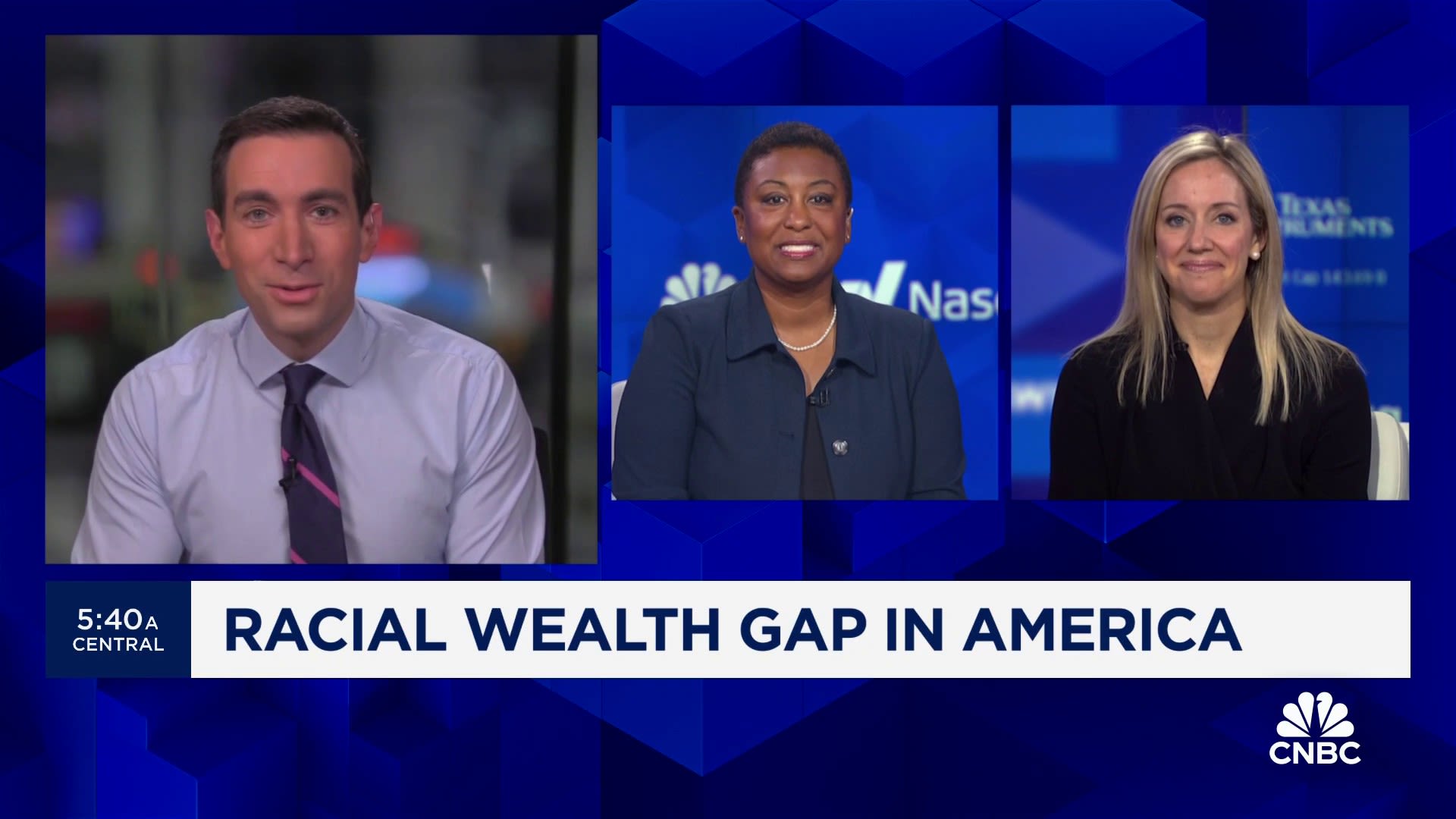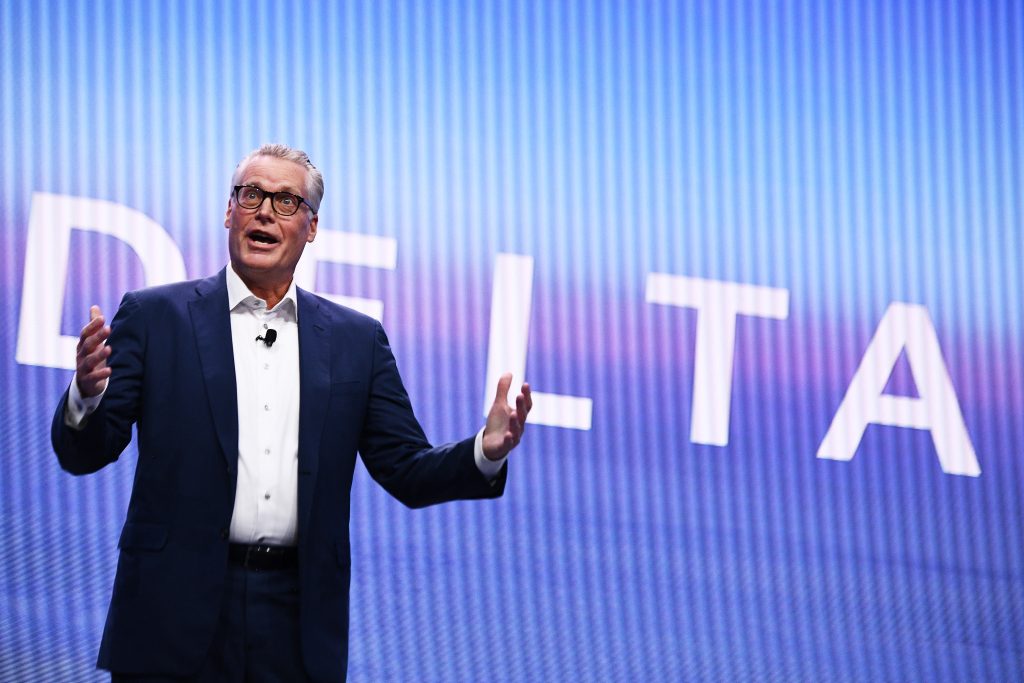Sean Gladwell | Moment | Getty Images
Even as many Americans go cashless, some don’t have the option to choose that lifestyle.
About 6% of Americans were unbanked in 2023, meaning they’re living without access to any traditional financial services such as savings accounts, credit cards or personal checks, according to data from the Federal Reserve.
This share of the population grows to 23% when only considering people making less than $25,000.
The unbanked are more vulnerable to predatory lending practices and their cash is more at risk, financial experts say. This issue disproportionately affects Black and Hispanic adults, Fed data shows, putting financial institutions and local organizations in a position to build trust within marginalized communities.
“Oftentimes the most vulnerable among us, who need the resources most efficiently, aren’t able to get access,” said Wole Coaxum, CEO of MoCaFi, a fintech company serving the unbanked and underbanked.
Young adults, people of color are more often unbanked
Black and Hispanic adults are 14% and 11%, respectively, more likely to be unbanked than white (4%) and Asian (4%) adults, according to the Fed.
This doesn’t come as a surprise to Joe Lugo, founder and CEO of J^3 Creations, a Clearwater, Florida-based consulting business that helps organizations become more culturally sensitive.

Much of the disconnect between financial institutions and communities of color, he said, can be attributed to a lack of banks in their neighborhoods.
“There is a subliminal message being sent to the community from generation to generation,” Lugo said. “When they don’t see a financial institution or a bank, [they] tend to say, ‘There’s no avenue for me this way. If I had a dream to start a business or buy a home, that’s not for me because they don’t exist here.'”
Many rural areas of the U.S. also tend to be banking deserts, largely because of a lack of population density, according to Darrin Williams, CEO of Southern Bancorp, Inc., a community development financial institution that serves rural and minority communities in the mid-South.
“In many of the markets we serve, we’re the only bank in town,” Williams said. “Often competition of the bank is a payday lender or some predatory provider of capital.”
Younger adults are also more likely to be unbanked.
Of 18- to 29-year-olds, 11% are living without a bank account, compared to 9% of 30- to 44-year-olds, 5% of 45- to 59-year-olds and 2% of people 60 and older, according to the Federal Reserve.
More from Personal Finance:
‘Building up the middle class will be a defining goal,’ Harris says: How that may happen
U.S. government is sending emails to millions on upcoming student-loan forgiveness
Extreme heat is prompting higher home cooling costs, putting some at risk
Part of this can be explained by Generation Z’s mindset toward banking, said Winnie Sun, co-founder and managing director of Irvine, California-based Sun Group Wealth Partners. She is also a member of the CNBC Advisor Council.
“They feel like banking is something that is old school and traditional and there’s not a fit for them,” said Sun, who is the mother of a Gen Zer. “It’s an opportunity for us to talk to them about why they need to bank and how to open an account that works for them.”
‘They’re getting preyed upon’
Your money is better protected in a Federal Deposit Insurance Corp.-insured bank account, experts say, rather than keeping cash at home or stored in a Venmo or Cash App account, which are not FDIC insured.
It’s not always easy to tell which fintech services offer FDIC deposit insurance coverage, and the Federal Deposit Insurance Corporation says “it depends.” The American Fintech Council did not respond to a request for comment.
It’s still a good idea to keep some cash on hand in case of emergencies, but putting money in an inexpensive or free checking account can help build credit and establish good habits, Sun said.
“It would help you, even if it’s just small amounts, to start to build that savings pattern so that you can save for the future and other financial goals, too,” she said.
People without bank accounts might also turn to check cashing services or consider payday loans, especially if they’re the only brick-and-mortar financial services in their neighborhood. These each come with risks, such as steep interest rates and a lack of federal insurance, said Preston Duppins, a senior partner and financial advisor at Florida-based Vilardi Wealth Management.
“They’re getting preyed upon,” Duppins said about people taking out payday borrowers.
“And they don’t have the pull to get Congress to change payday loan laws,” he added.
The Community Financial Services Association of America, which represents payday lenders, did not respond to a request for comment.
Building trust
To get the unbanked to trust financial institutions, Lugo, with J^3 Creations, said local leaders and banks must meet people where they are.
“Most of the time, marginalized folks are not willing to venture out of their areas. I think there are some financial institutions that are starting to get it” said Lugo, who also co-founded the Hispanic Chamber of Commerce of Pinellas County.
“They’re going out into the community, they’re promoting their services into the community, they’re creating programs specifically for the community,” he said.
It’s one thing that Coaxum says MoCaFi aims to do. The fintech company, he said, initially assumed people who were unbanked or underbanked would readily adopt their free bank account offering with accessible ATMs. However, it wasn’t so simple, and Coaxum said the company’s “sophistication bias” impeded its ability to recruit customers.
The company shifted over time to partner with governments to distribute benefits like universal basic income programs, which gave recipients a reason to use the platform.
“Giving them access to some benefit and then using that conversation as a way to be able to get them into our demand deposit account is how we shifted,” Coaxum said.
Other ways to build trust are through education and representation, experts say. As a Black financial advisor, Duppins says he doesn’t see a lot of people who look like him in his field.
“I spend a lot of time in my community. I don’t segment people by their access, because that means segmenting people who look like me,” Duppins said. “We need to continually focus on women, women of color, men of color in this space, in this banking industry.”

